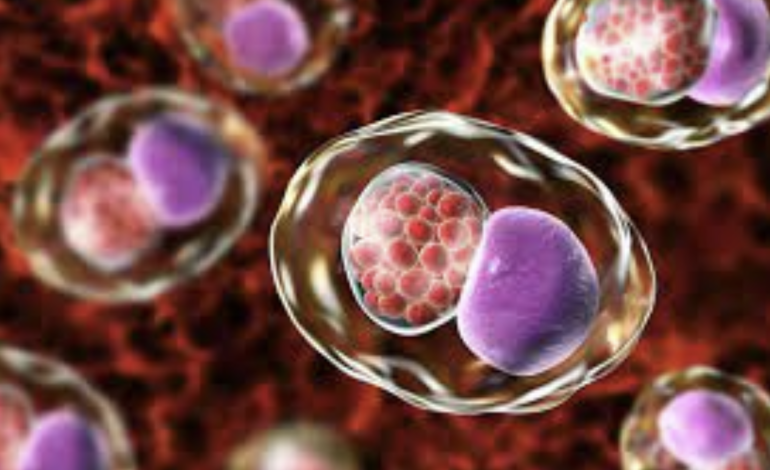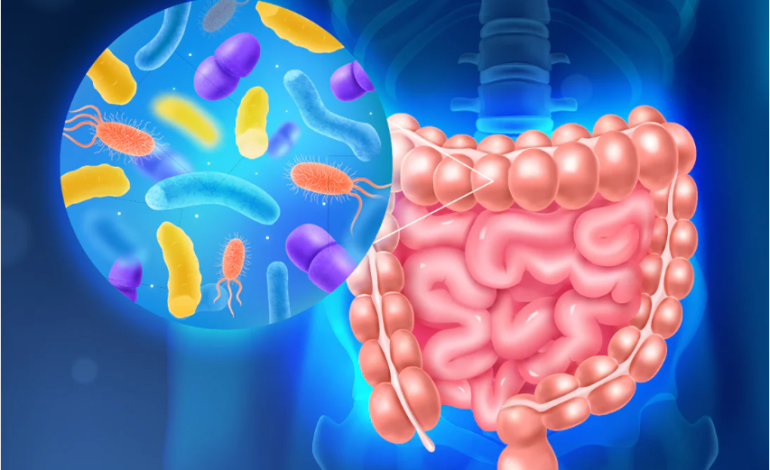
Folate Deficiency: Causes, Symptoms, and How It’s Diagnosed

Many people are concerned about whether they’re getting enough of the nutrients their bodies need, and one crucial nutrient to focus on is folate, also known as folic acid or vitamin B9. It plays a key role in various bodily processes, and it’s especially important for pregnant women.
So, how do you know if you’re getting enough folate, and what happens if your levels are low?
Causes of Folate Deficiency
There are several reasons why you might have low folate levels, including:
- A restrictive diet that lacks folate-rich foods
- Alcoholism
- Conditions that impair nutrient absorption in the intestines
- Genetic factors
Symptoms of Folate Deficiency
Folate is essential for making red blood cells, synthesizing DNA and RNA, supporting nervous system function, helping with digestion, and metabolizing certain compounds like homocysteine. When your body doesn’t get enough folate, you may experience symptoms such as:
- Fatigue and weakness
- Trouble concentrating
- Irritability
- Headaches
- Heart palpitations
- Shortness of breath
- Mouth sores
- Skin, hair, or nail pigmentation changes
- Digestive issues
Folate’s Role in Pregnancy
Folate is especially important during pregnancy. A deficiency can increase the risk of neural tube defects in the baby, such as spina bifida (affecting the spinal cord) or anencephaly (affecting the brain). Women who’ve had a previous pregnancy with these defects should take extra folate while trying to conceive and during the first three months of pregnancy. In this case, a daily dose of 4000mcg, which is ten times the standard amount, is recommended.
Health Risks from Folate Deficiency
Apart from the direct symptoms, low folate levels have also been linked to serious health issues, including heart disease and cancer.
Sources of Folate in Food
Folate is naturally found in various foods, such as:
- Leafy greens
- Brussels sprouts
- Asparagus
- Oranges
- Nuts
- Beans and peas
- Beef liver
In addition to natural sources, folate is often added to foods like cereals, bread, pasta, and rice.
Recommended Folate Intake and Toxicity
For most adults, the recommended daily dose of folate is 400mcg, while pregnant women need 600mcg, and breastfeeding women require 500mcg. If you’re relying on supplements, you might need to take a bit more since your body doesn’t absorb it as well from supplements or fortified foods. Only 50-60% of folate from these sources is absorbed, so you might need double the daily recommended intake if you’re using supplements.
Although rare, it is possible to take too much folate. Extremely high doses could cause digestive, immune, and nervous system problems. The maximum recommended dose is 1000mcg for adults, but your doctor might suggest a higher dose in certain situations, such as if you’re trying to conceive after having a child with a neural tube defect.
Folate Deficiency and Vitamin B12
Both folate and vitamin B12 deficiencies can lead to anemia. Taking high doses of folate might mask a vitamin B12 deficiency, preventing anemia, but it won’t address the underlying B12 deficiency, which can still cause nervous system damage. This is another reason why high doses of folate aren’t recommended without proper testing.
How to Check for Folate Deficiency
To check your folate levels, you can have a blood test. This test can be done individually or as part of a micronutrient panel, which looks for deficiencies in several vitamins and minerals. Although many doctors don’t routinely order this test due to cost, you can request a home testing kit where you take a finger-prick blood sample and mail it to a lab for analysis. You’ll receive your results online.





